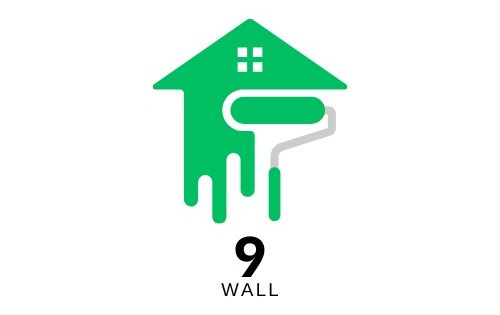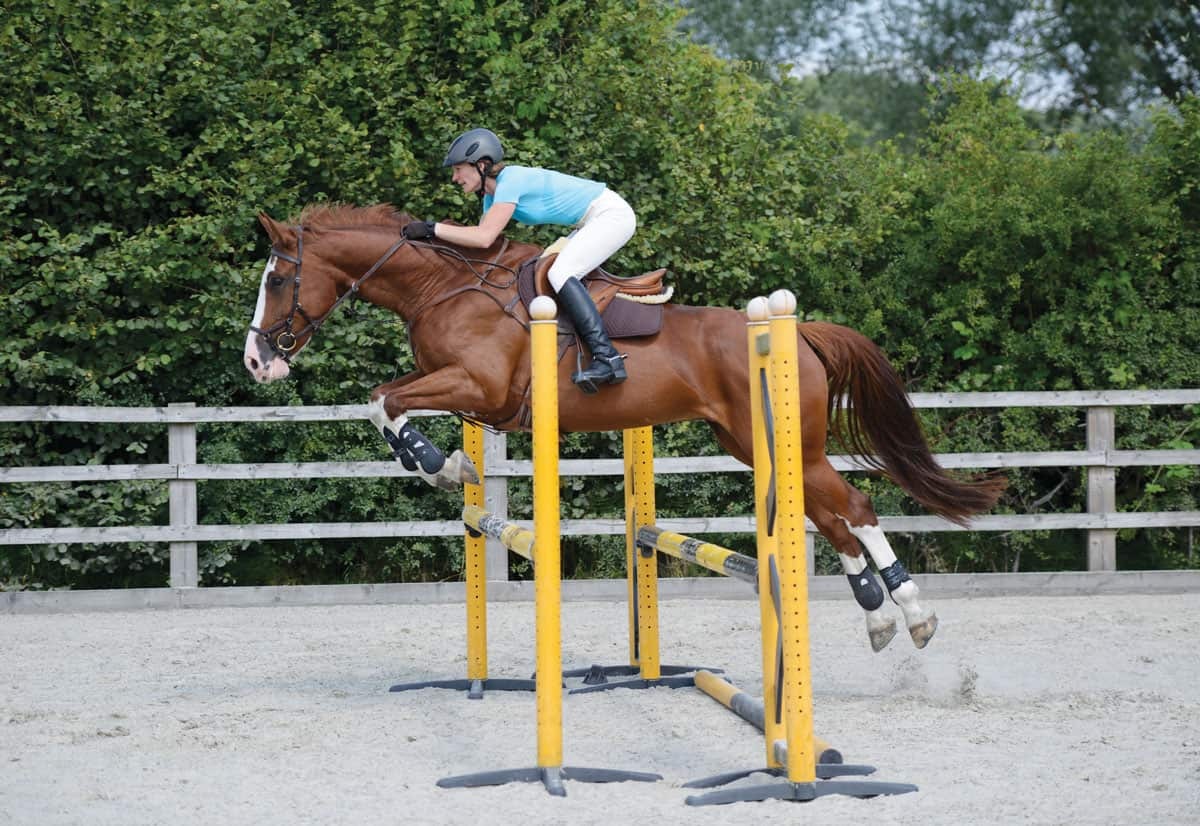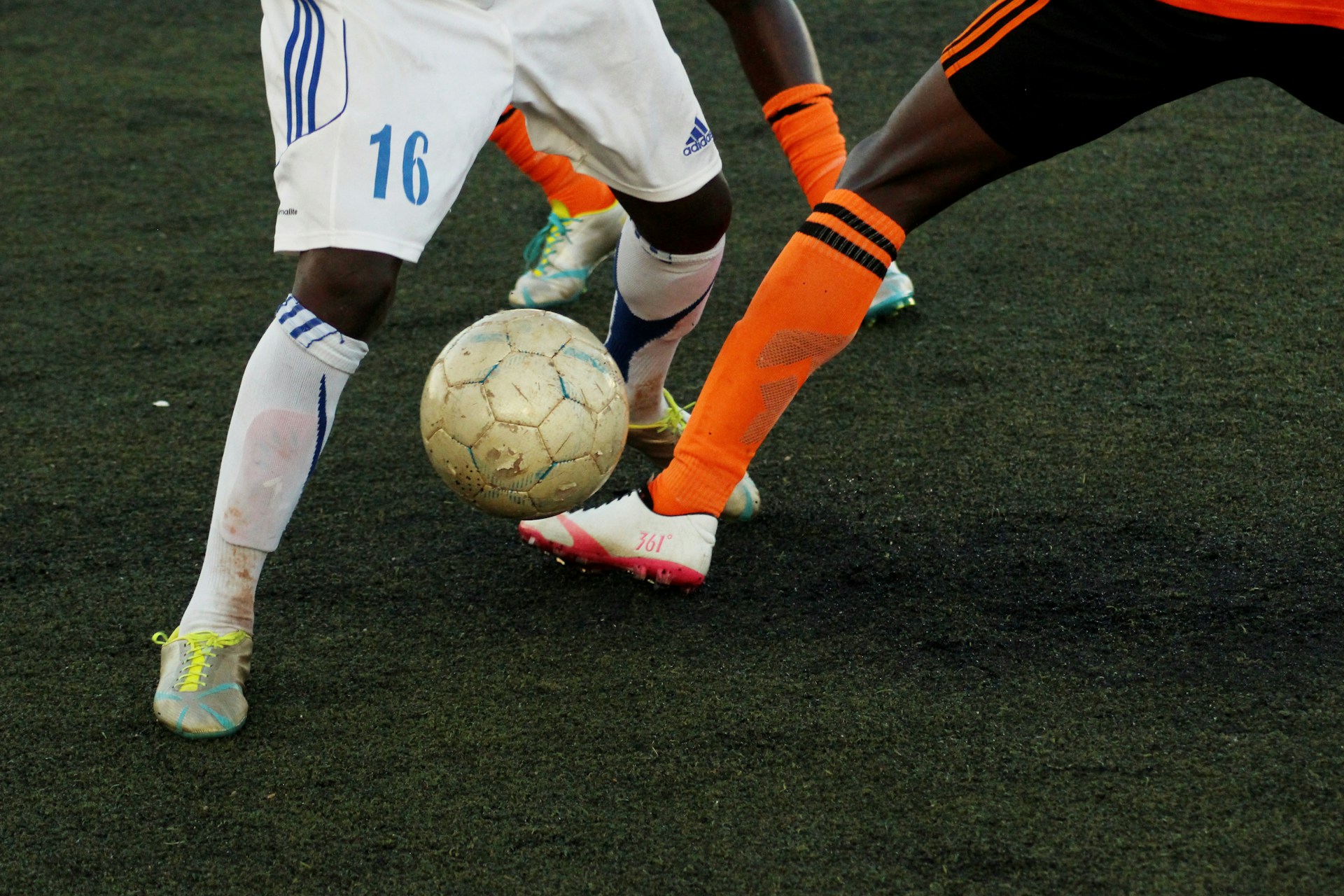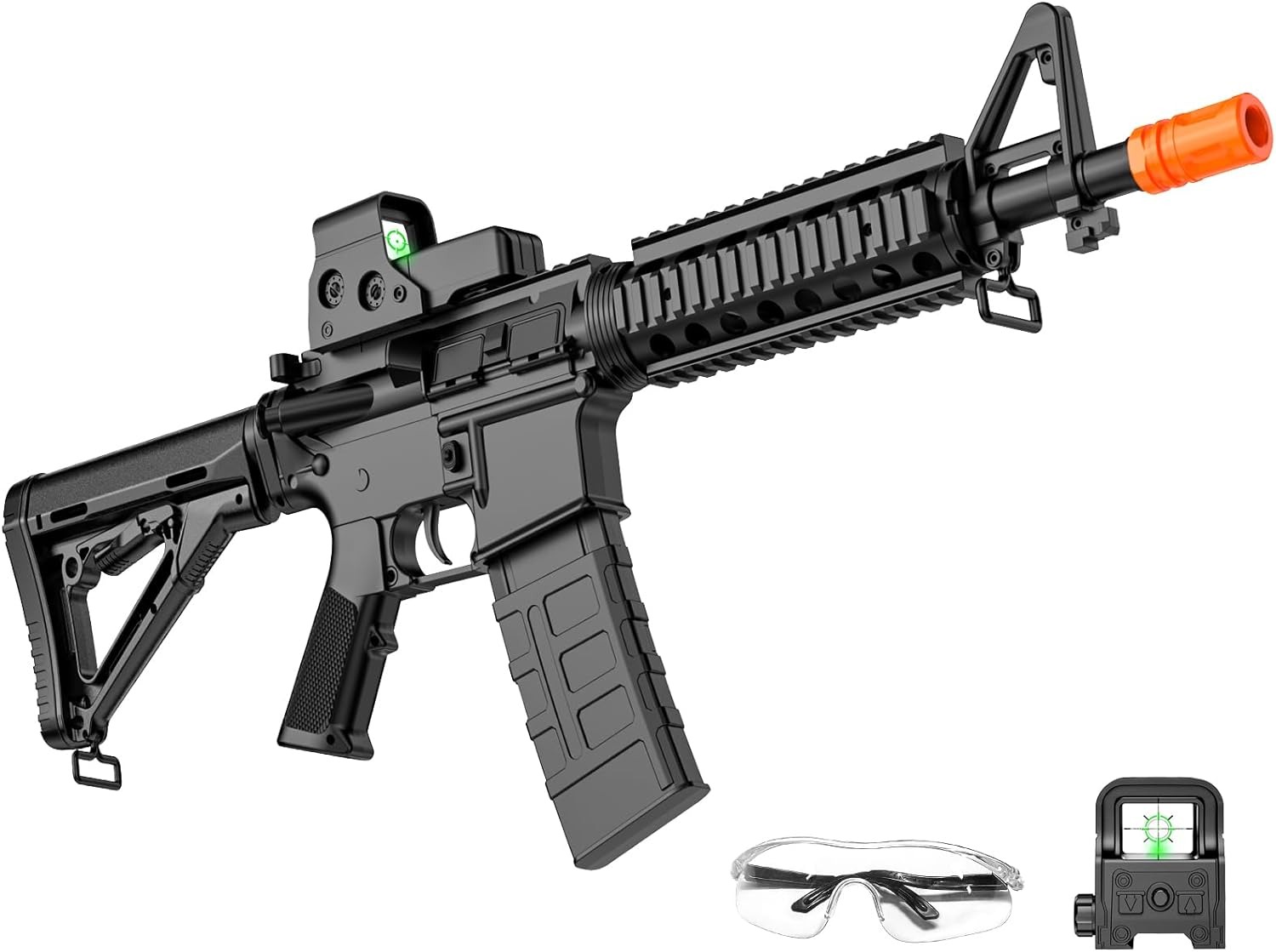Key Takeaways:
- Understanding the vital role of horse jump cups in ensuring safety during jumping exercises.
- Choosing the right materials and designs for horse jump cups to maximize safety.
- Regular maintenance and inspection of jump cups to prevent accidents.
- Proper installation and adjustment techniques to ensure stability and performance.
- Training tips to enhance rider and horse safety during jumping.
Table of Contents:
- Introduction
- The Role of Horse Jump Cups in Safety
- Choosing the Right Jump Cups
- Maintenance and Inspection Practices
- Installation and Adjustment Techniques
- Training Tips for Safe Jumping
- Conclusion
Introduction
Show jumping is an exhilarating discipline that requires courage, skill, and trust between horse and rider. Central to maintaining safety in this high-stakes sport are horse jump cups. These essential tools support the rails or poles in jumping courses and their role in ensuring a successful jump cannot be overstated. As riders and trainers strive for excellence, understanding and implementing safety practices related to jump cups is paramount. This article outlines key safety tips to promote a safer jumping experience, empowering riders to enhance their performance and confidence.
The Role of Horse Jump Cups in Safety
The safety of the horse and rider during jumping exercises heavily relies on the proper function of horse jump cups. These components hold the poles in place, providing stability and structure while allowing for easy dislodging in case of contact. This delicate balance is crucial; it minimizes the risk of injury by preventing undue resistance while ensuring the fence’s integrity. The design and material of jump cups greatly influence their effectiveness. Therefore, understanding their function and application is vital for maintaining a safe environment during training and competition.
Choosing the Right Jump Cups
When selecting jump cups, one must prioritize safety and reliability. The material should be durable enough to withstand regular use yet flexible enough to break away safely during impacts. Many riders prefer plastic or composite materials for their lightweight and resilient properties. Additionally, selecting the appropriate size and design is essential. Cups should fit snugly on the jump standards and accommodate the pole’s diameter, ensuring a secure fit that doesn’t hinder its ability to fall when nudged. The right choice can significantly reduce the likelihood of accidents and protect both horse and rider.
Maintenance and Inspection Practices
Regular maintenance and inspection of horse jump cups are fundamental to safety. Before each session, examine the cups for cracks, wear, or damage. Any compromised cup should be replaced immediately to prevent failures during use. Furthermore, inspect the attachment mechanisms to confirm they are securely fastened. Over time, exposure to the elements and repeated use can degrade materials, so a proactive approach to addressing wear and tear is crucial for sustaining a safe jumping setup.
Installation and Adjustment Techniques
Proper installation of jump cups is essential to ensure they perform correctly. Begin by guaranteeing the poles are level and evenly spaced across the jump standards. Secure the cups at the desired height, ensuring they hold the pole snugly without excessive force. Adjustable jump cups should be calibrated to permit easy customization of jump heights, catering to varying skill levels and training goals. Always verify the stability of the setup after installation and make adjustments as necessary to maintain safety standards.
Training Tips for Safe Jumping
Beyond equipment considerations, several training tips can enhance safety during jumping exercises. Riders should ensure their horses are thoroughly warmed up and conditioned to reduce the risk of muscular injuries. Begin with lower jumps to build confidence and gradually increase the difficulty as the horse and rider demonstrate competence. Emphasizing clear communication and rhythm between horse and rider minimizes mistakes and encourages smoother jumps. Additionally, incorporating ground rails and guide poles can aid in developing accuracy and control, crucial components of safe and effective jumping.
Conclusion
Horse jump cups are a small but mighty component in show jumping, ensuring both horse and rider can perform safely and confidently. By prioritizing the selection, maintenance, and proper installation of jump cups and integrating safety-focused training tactics, riders can create a secure and encouraging environment for advancing their skills. Embracing these safety practices not only protects the athletes involved but also enhances the overall experience of horse jumping, allowing the true spirit of this captivating sport to shine.







